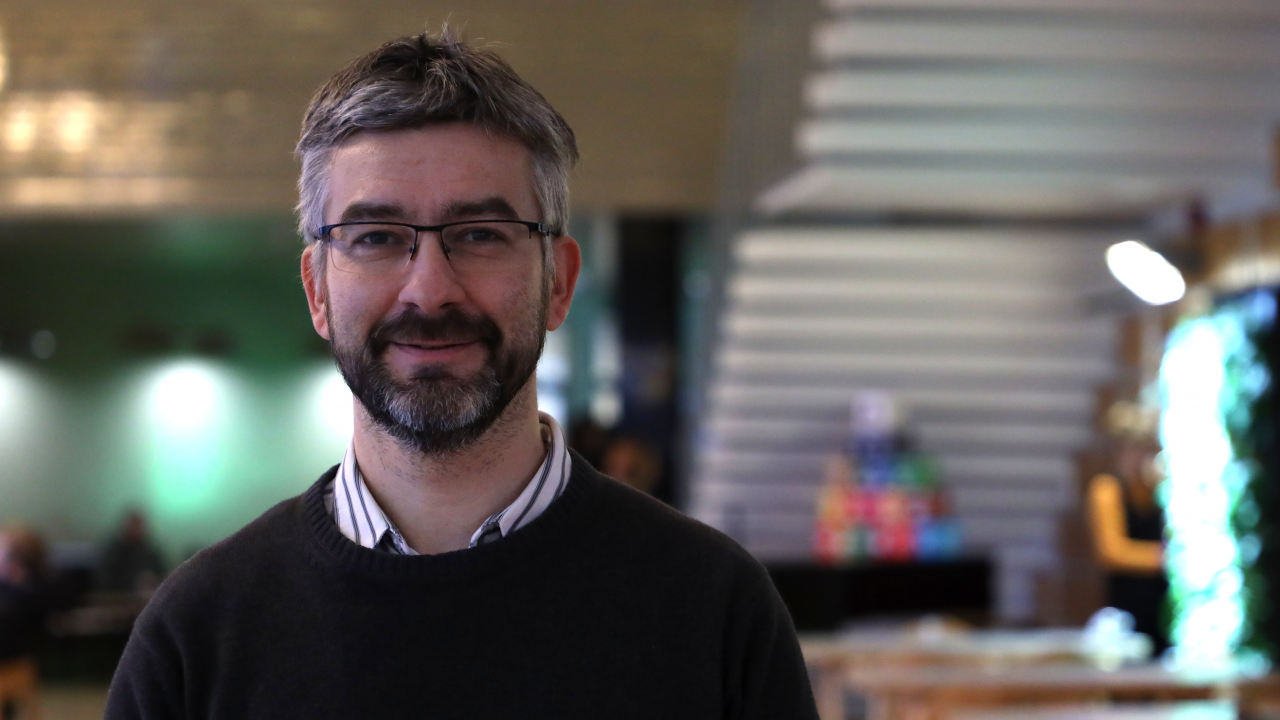Research project: Aid in conflict zones – cash or physical goods?

In some cases, it is better to provide assistance in form of cash, when in other cases, it is better to deliver physical goods, as food and medicines. It depends on the conditions in the conflict area which form of help is the best, as it depends on local market conditions. This is how project leader Wojciech Piotrowicz introduces the background for the project Cash and/or carry: The challenges and modalities of delivering aid in conflict zones.
– In cases where we have existing markets and existing flow of goods, the better option is cash. But when the market is non-existing, destroyed or the flow is stopped because of the conflict, fighting or destruction of local shops then we have to deliver goods, parcels with food and medicines to the people or hospitals physically.
– It sounds simple, but in fact, it is quite complex. In some places where we can assume that cash will work very well it doesn’t, and this is why we are studying this, says Piotrowicz.
Conflicts are complicated to study
Piotrowicz is an Associate Professor in Supply chain and social responsibility, and he is the Director of the HUMLOG institute, which is a joint research institute between Hanken and the National Defence University. Humanitarian logistics is a growing research field, and especially regarding conflicts there is a need for more knowledge.
– Compared to natural disasters, conflicts are more complex to study due to access restrictions and security of researchers, so that’s why there aren’t many works on that. It depends a lot on the situation, and how we get access to the conflict areas, says Piotrowicz.
In this project, the researchers cooperate with the humanitarian organisations that operate in the conflict areas in Syria and Ukraine. They interview people on location if they have the possibility to do it, but they also have local contacts that are collecting data. In addition to Dr Piotrowicz, also Postdoctoral Researcher Amin Maghsoudi at Hanken works full time with this project, and they collaborate with a wider research network.
Cash or carry
When talking about cash as aid, it can also be vouchers or transfer payments. Even if the conditions would suggest that cash would be the best alternative, there can be certain groups of people who cannot use cash, and are unable to go and buy things.
– One example is the aging part of societies living in the rural areas. It doesn’t matter how much money you give them – if there are no shops around, or the distances to cover them are too long they cannot buy the goods that are needed. In some places where we in theory can give cash, there simply is no particular type of goods available. That’s why certain analysis is needed to know when you can use one or the other.
According to Dr Piotrowicz, there is also a need to know how to switch between these two forms of aid.
– Assuming we are working well with cash, and then the conflict escalates – what happens then? To do this we need to look at the existing supply chains. If the local supply chains are under threat, but they do work – then the need is to protect them and support them to be sure that they still operate and provide basic need to local population.
Creating guidelines for humanitarian organisations
The goal with this research project is to create guidelines for humanitarian organisations to help them decide which form of aid is best to use in conflict zones. The researchers work with the humanitarian organisations within the project.
– In many cases, the humanitarian organisations are very involved in what they do – so as researchers we can provide a kind of top level view, we look at it in a more objective way. We hope that we will have some guidelines, which can help them to make decisions and to be well prepared for future emergencies.
The four-year project is funded by Academy of Finland, and the project has received a lot of interest from practitioners and researchers, Dr Piotrowicz continues.
– This project is attracting people who say they want to work with us. People who want to write their PhD within this project, do different kinds of collaborations and want us to arrange workshops for practitioners have contacted us, this is a growing theme. We also do the research a bit differently than other institutions; we do it in a qualitative way and work more with practitioners.
– This project is also linked to our teaching in our master level humanitarian logistics track. We are teaching a new generation of humanitarian logisticians who want to work in the field and we can provide them with knowledge directly from the field.
Read more about the HUMLOG Institute here Opens in new window .

